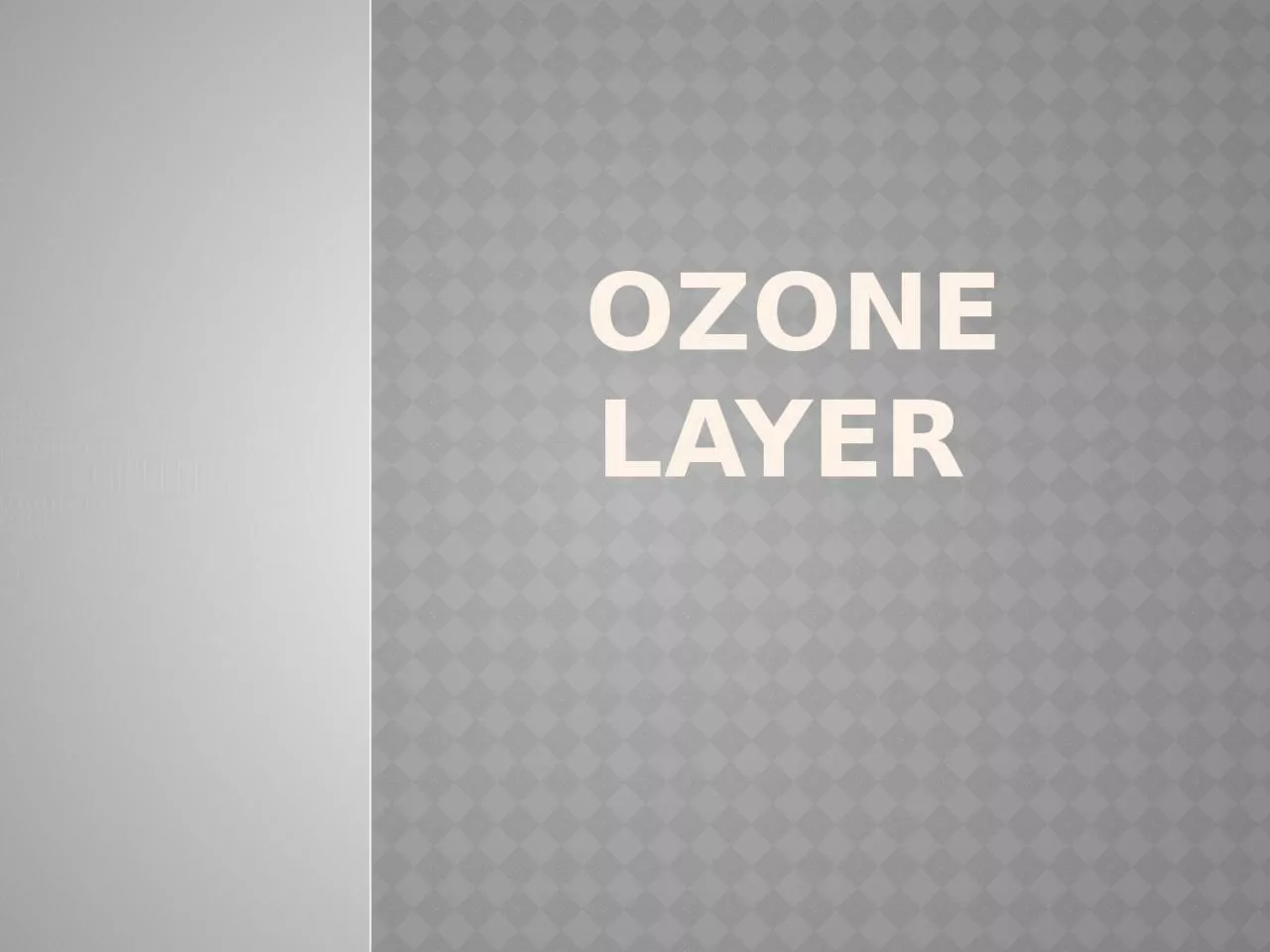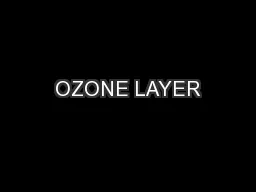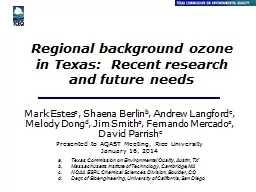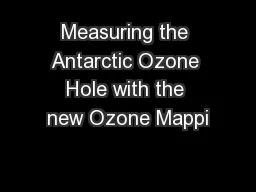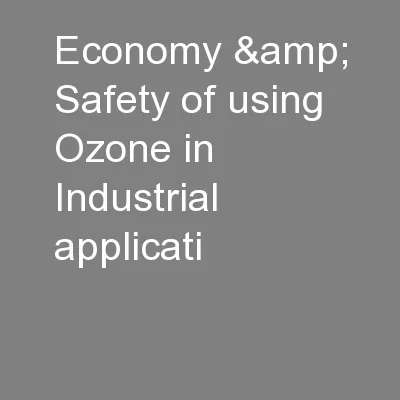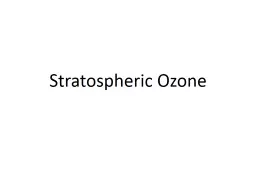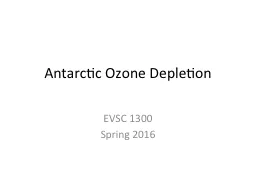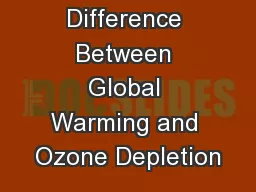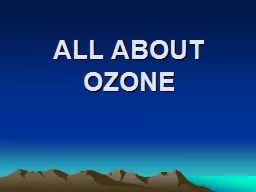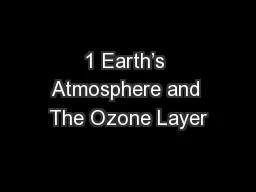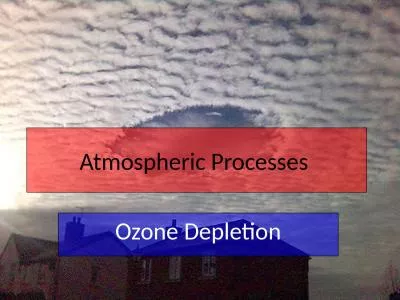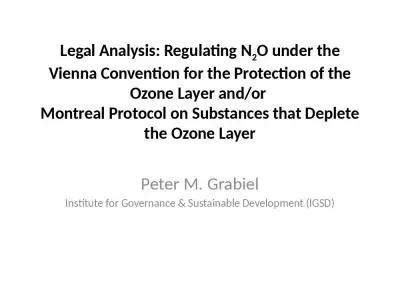PPT-OZONE LAYER OZONE LAYER
Author : Honeybunches | Published Date : 2022-08-03
The ozone layer or ozone shield is a region of Earths stratosphere that absorbs most of the Suns UV radiation It contains high concentration of ozone O3 It is
Presentation Embed Code
Download Presentation
Download Presentation The PPT/PDF document "OZONE LAYER OZONE LAYER" is the property of its rightful owner. Permission is granted to download and print the materials on this website for personal, non-commercial use only, and to display it on your personal computer provided you do not modify the materials and that you retain all copyright notices contained in the materials. By downloading content from our website, you accept the terms of this agreement.
OZONE LAYER OZONE LAYER: Transcript
Download Rules Of Document
"OZONE LAYER OZONE LAYER"The content belongs to its owner. You may download and print it for personal use, without modification, and keep all copyright notices. By downloading, you agree to these terms.
Related Documents

